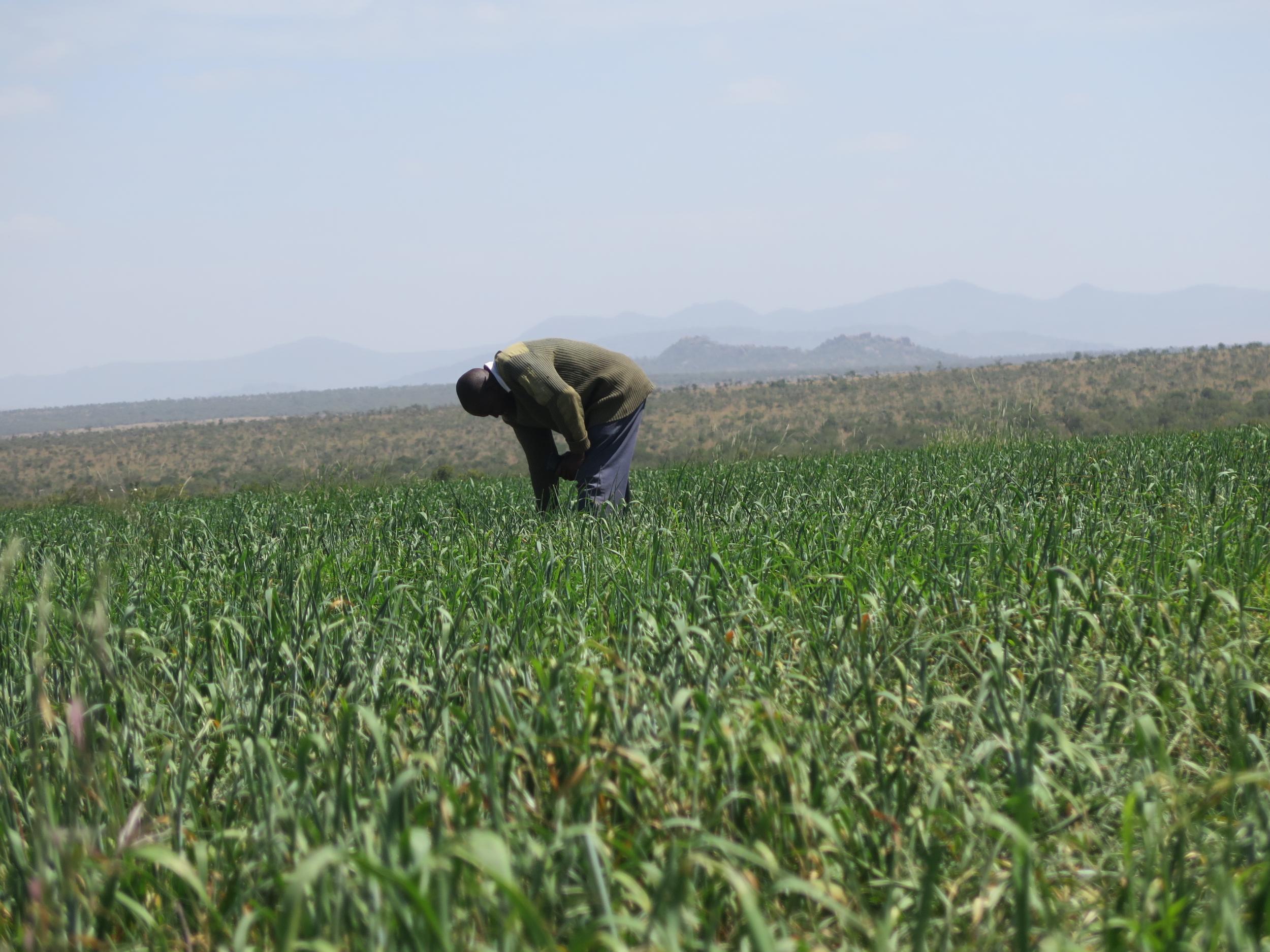Resolving years of battle between man and beast
The carefully designed fences giving farmers and elephants a real chance to co-exist

Laikipia is Kenya's mountain country, famous for its wild spaces and sprawling farmland. However, the region is often in the news for all the wrong reasons - among them banditry and farm raids. For decades, local farmer James Wachira would endure sleepless nights, dreading another visit by a unique brand of bandits.
These were not your usual gun-totting raiders, but a small herd of elephants that Wachira knew very well could easily trample him given the chance.
Laikipia is home to more than 6,300 elephants that share 4,000 square miles with farmers like Wachira. The county is also home to the second largest population of wildlife in Kenya, but unlike places like the Maasai Mara, most wildlife here roam free. For years, the beasts would descend on the farms, leaving a trail of destruction in their wake, and sometimes even claiming lives. Wachira cannot remember the number of times he woke up to find his maize crop cleared overnight.
Wachira and his neighbouring farmers stood little chance in the face of seven tonne elephants. “They came in herds, we tried all tactics but none worked,” he says. “It was a disaster,“ adds his colleague Jackson Ndegwa. Both farmers, and hundreds of others like them, had almost given up and surrendered their farms to the elephants when help finally came.
The Laikipia County administration and Space for Giants; an international conservation organisation with projects in eight regions across Africa including Kenya, stepped in to create a buffer zone between the elephants and farmers. A massive electric fence programme has been steadily snaking its way across the farmlands, ensuring that man and animal do not clash again. With the electric fence in place, Ndegwa and other farmers in the area can now venture out to their farms and sleep without fear or concern for the crops that they depend on for their livelihood.
“Existing with elephants without a barrier between us meant that we could not farm anything,” says Ndegwa. "but thanks to te fence we can now venture into agri-business". Conservationists say the clash between human populations and wildlife, especially in Laikipia, is inevitable.
“Human-elephant conflict is one of the most prominent conservation challenges in Africa at the moment, and Laikipia has some of the highest levels recorded in East Africa,” says Maurice Schutgens, Space for Giants Laikipia Programme Manager.
Schutgens belives that between 2006 and 2007, elephants destroyed crops worth USD $992,000 (£750,000) in Laikipia alone, a situation that endangered the lives of residents in the area as well as the hundreds of elephants in search of food.
The situation had rendered farming in the area unsustainable until the project kicked off in 2016. Previously, the Government embarked on building fences within the region to reduce the conflict. But the project failed after the elephant population began making child's play of the fencing long before it was completed.
According to Schutgens, the new fence will be different. “Unlike the fences which were put up before, the fences which we are putting up now are three-feet high and are better wired, ensuring steady, well regulated electricity,“ he said.
Currently, the project has covered 68km with 14 more to go, covering several parts of Laikipia where these bufferzones are desperately needed to in order to significantly reduce cases of human - wildlife conflict.
The cost of the project is enormous - estimated at USD $5,950 per kilometer, with maintenance costs numbering USD $795 per kilometer per year - but it is worth it. As Schutgens says: “It requires a lot of political will for such a project to run successfully, but the end result is worth it because farmers are now able to earn a livelihood and the are elephants protected."
This article is reproduced here as part of the Giants Club African Conservation Journalism Fellowships, a programme of the charity Space for Giants and supported by the owner of ESI Media, which includes independent.co.uk. It aims to expand the reach of conservation and environmental journalism in Africa, and bring more African voices into the international conservation debate.

Join our commenting forum
Join thought-provoking conversations, follow other Independent readers and see their replies
0Comments